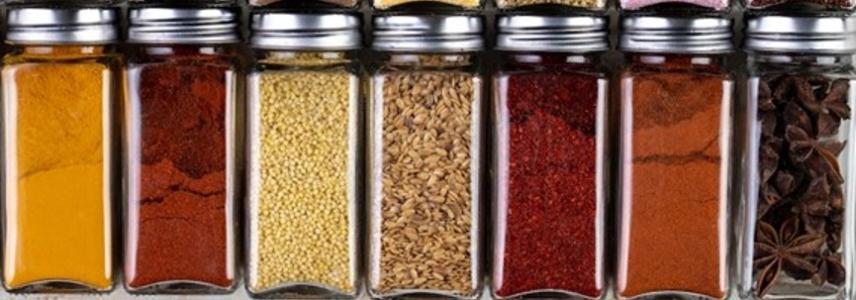Why is the demand for single-origin spices growing?

Consumer demand for unique products is growing and that is a reason why there is more focus on spices' origin. Also, the importance of sustainable and ethical trade in general has increased in Europe. So, origin protection is becoming more critical, and single-origin spices continue to develop as a marketing tool.
What is single origin?
Importers and companies source single-origin products from one country, region, farm or producer. Many consumers already know single-origin coffee and chocolate. But because of its unique characteristics and flavours, the European demand for single-origin spices is also growing.
Next to that, single origin means higher supply chain traceability. And that results in more consistent quality and safer products, which is crucial in preventing fraud and adulteration in the European spice and herb sector.
A product's origin is becoming more important, as European consumers seek premium and higher-quality products. And so consumers show more interest in the producers' story, community and production area.
Exclusive spices
Single origin also is an exciting marketing tool, as single-origin spices are often more exclusive. For example, UK- based Rooted Spices offers a range of single-origin products, including:
- Ceylon cinnamon from a Kandyan Forest Garden in Sri Lanka; and
- Black peppercorns from the Tellicherry region on the West Coast of India.
Another example is the Dutch company Bold Spices. It offers common spices that originate from lesser-known sources, such as:
- Cardamom from the lush hills of Antioquia in Colombia; and
- Wild harvested Andaliman pepper from the forests in North Sumatra, Indonesia.
Many other European companies have been focusing on single-origin spices too, including:
- Hill & Vale and BoTree Farm (United Kingdom);
- Edem Food (Norway);
- Mill & Mortar (Denmark); and
- The Good Spice (Netherlands).
Recognising and protecting spice origins in Europe
In Europe, geographic indications (GIs) protect spices that originate from specific sources. The European Commission grants spices a GI if they clearly connect with their original production place. The GI recognition enables buyers and consumers to distinguish quality products and helps producers market their products at better prices.
Certain developments in geographical indications for spices have marked 2022. For example, the registration of the Poivre de Penja PGI of Cameroon this year was the second-ever African Geographical Indication (GI) listed in the European register. And Sri Lanka received its first Protected Geographical Indication (PGI) certification from the European Commission. The PGI sets apart Sri Lanka's Ceylon Cinnamon on the EU market from lower-quality substitutes.
Highlight the characteristics of your product
Origin recognition can be a powerful tool for exporters. The single-origin trend provides opportunities:
- for producers in less traditional origins to tell their stories; and
- for producers in traditional origins to strengthen their market position.
As a spice exporter, consider setting your spice apart from your competitors. Highlight specific characteristics of your product and producing regions. For example:
- Unique product characteristics: Botanical identity, aroma, colour and flavour;
- Intriguing characteristics of the producing communities: Ancient traditions and production techniques; or
- Interesting characteristics of the production area: Altitude, climate and biodiversity.
Remember that you must be able to show some proof when you make claims. Proper analyses are crucial when making claims about a spice's appearance, flavour and aroma, for example.
Identify the most suitable buyers
Identifying the right buyer also makes a big difference when marketing your single-origin spice in Europe. Not all buyers find the uniqueness of a product interesting and will not pay a higher price for it. The buyers that are probably most suitable to target for your product include:
- Buyers in niche segments;
- Buyers who show commitment to ethical products; and
- Buyers who show commitment to high-quality products.
Learn more
For more information, read CBI's study on European spices and herbs market trends. Also, read the study doing business in the European spices and herbs market.
Go to European Commission: Geographical Indications to learn more about its regulatory framework in Europe and geographical indications.
Gustavo Ferro wrote this news article for CBI.
Stay informed
To stay informed on the latest developments in the spice and herb sector, subscribe to our newsletter.